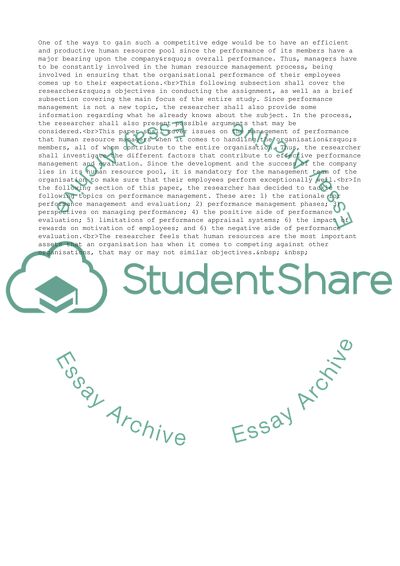Cite this document
(People Management - Challenges and Choices Assignment, n.d.)
People Management - Challenges and Choices Assignment. Retrieved from https://studentshare.org/management/1729831-developing-high-performance-working
People Management - Challenges and Choices Assignment. Retrieved from https://studentshare.org/management/1729831-developing-high-performance-working
(People Management - Challenges and Choices Assignment)
People Management - Challenges and Choices Assignment. https://studentshare.org/management/1729831-developing-high-performance-working.
People Management - Challenges and Choices Assignment. https://studentshare.org/management/1729831-developing-high-performance-working.
“People Management - Challenges and Choices Assignment”, n.d. https://studentshare.org/management/1729831-developing-high-performance-working.


